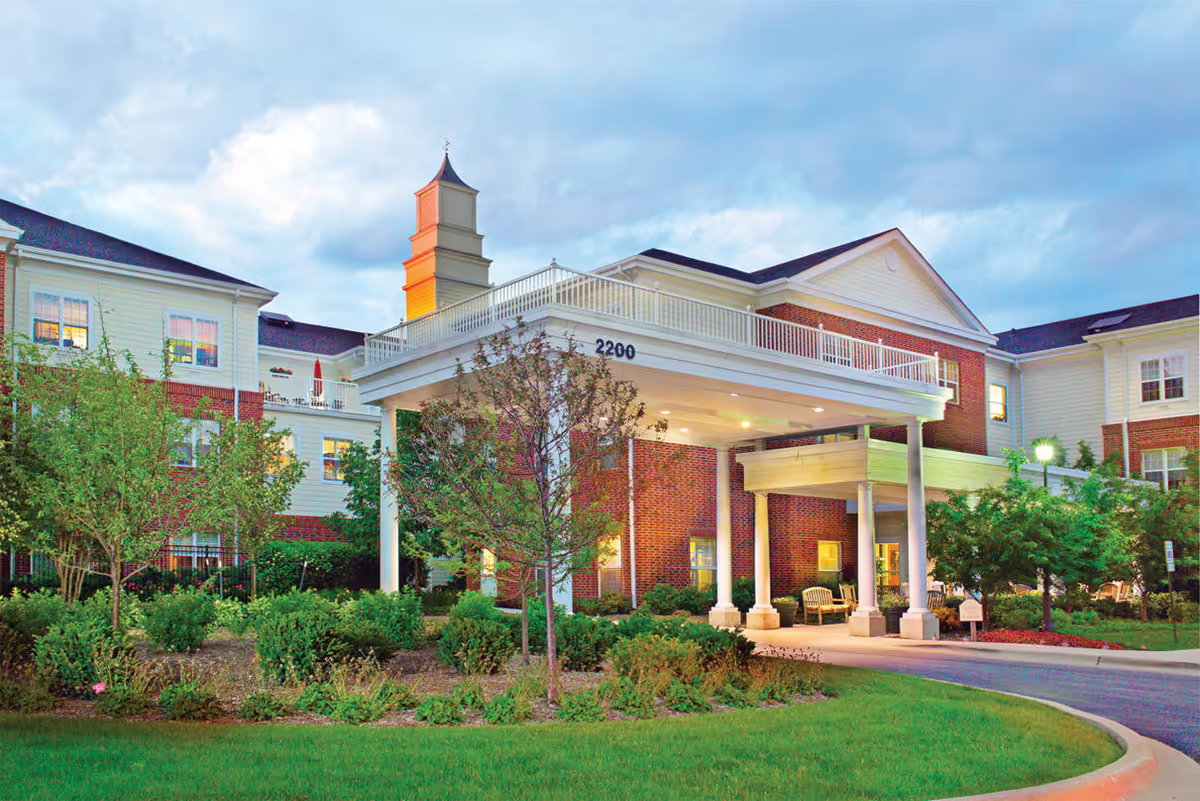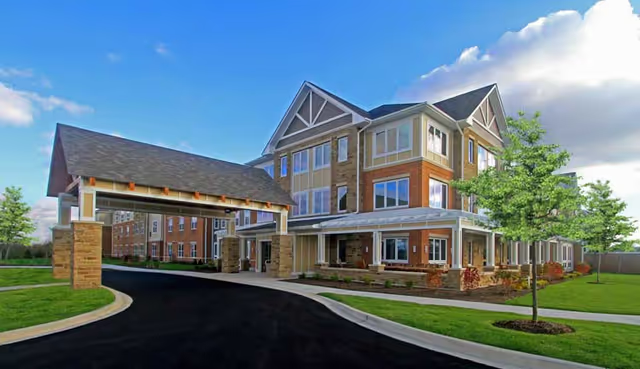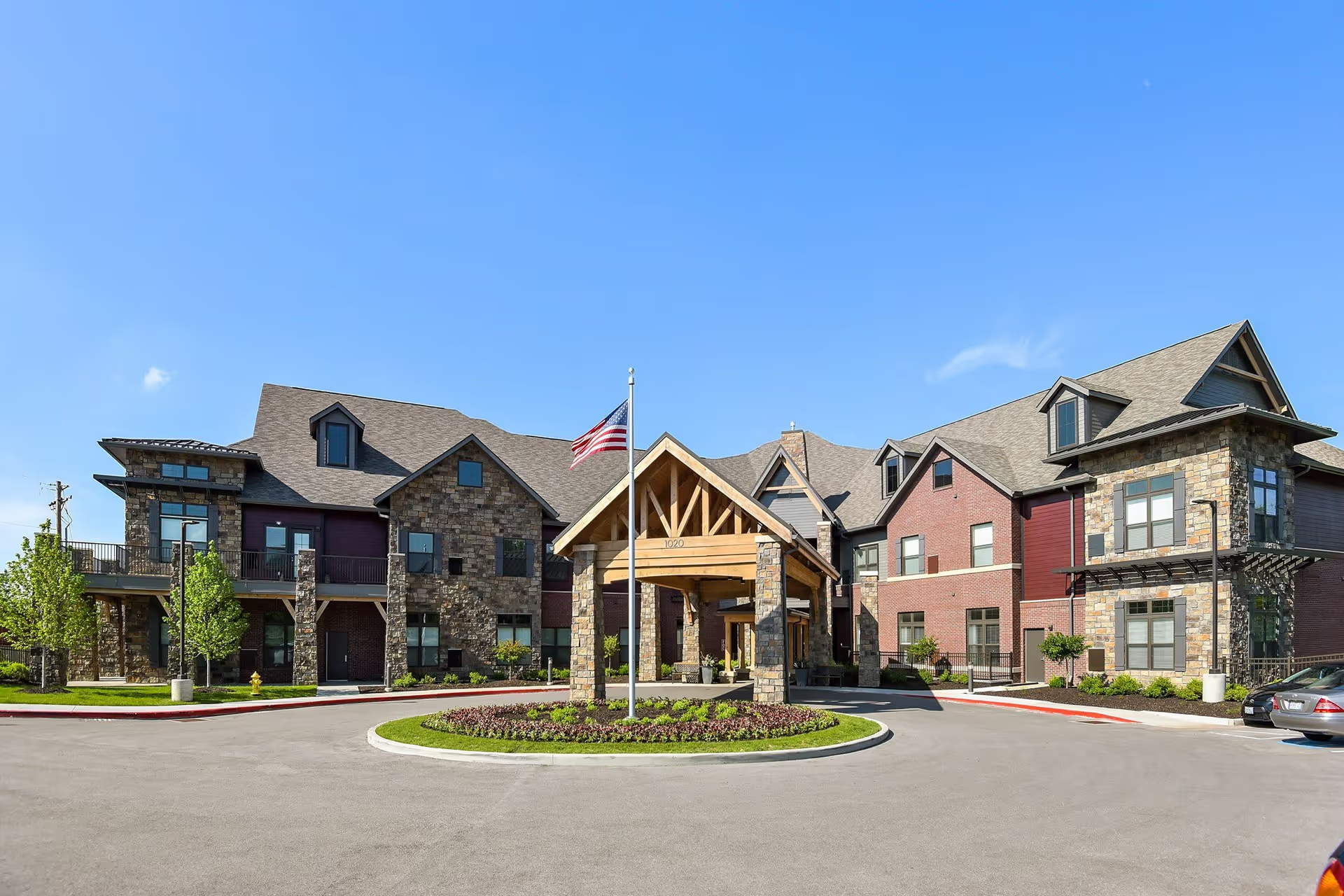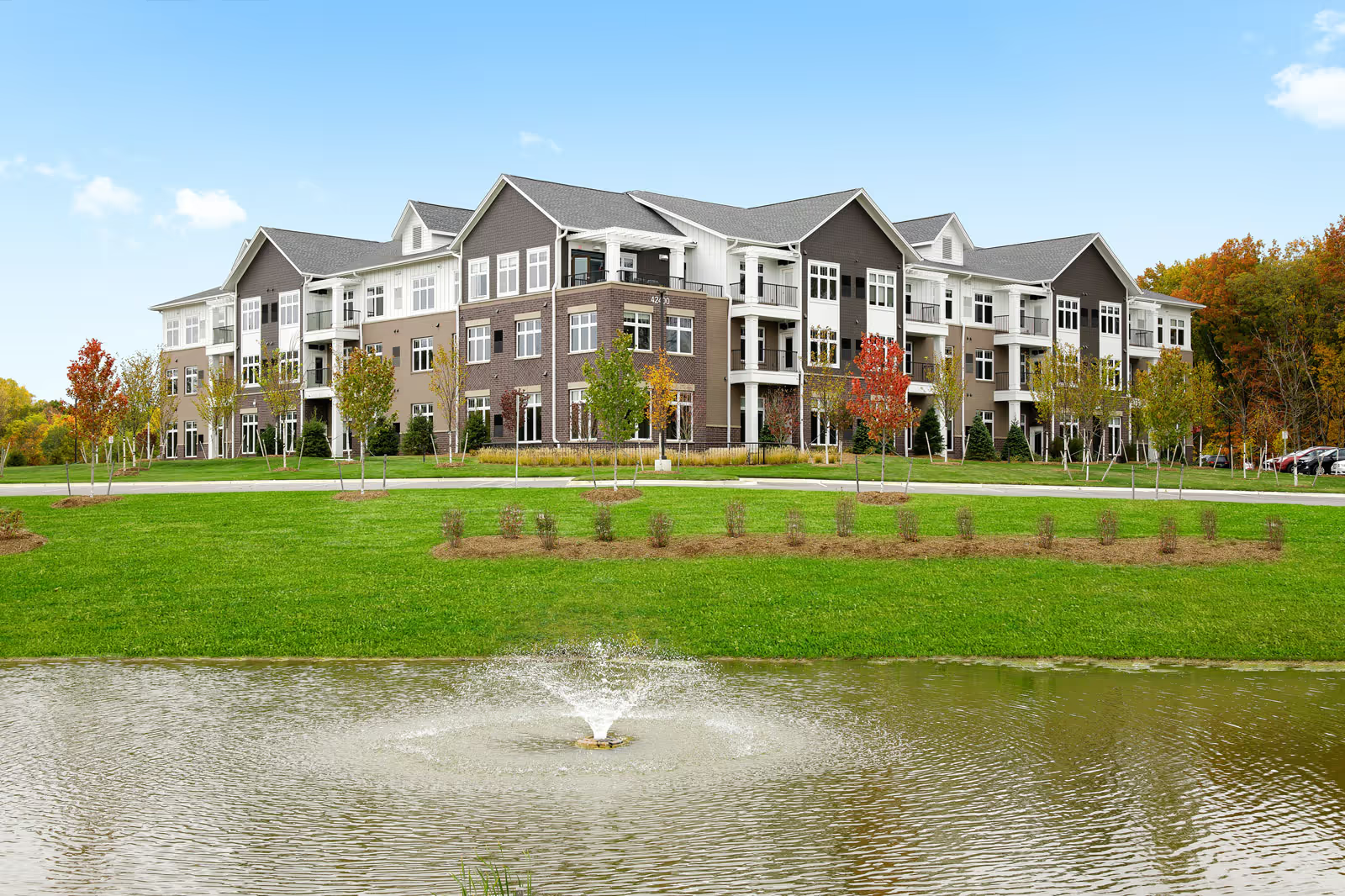Overall impression: Reviews for this Aperion Care facility are strongly polarized. A substantial number of reviewers praise the staff, cleanliness, and rehab outcomes, while a comparably large number report serious deficiencies in care, safety, and management. The result is a facility that elicits both high trust and strong condemnation — many families report peace of mind and rapid recoveries, while others describe neglect, unsafe conditions, and administrative failures severe enough to lead to calls for closure. This split pattern repeats across nearly every operational area of the facility.
Care quality and clinical services: Multiple reviewers report excellent clinical outcomes: attentive nurses and CNAs, effective physical therapy that led to rapid recovery and discharge home, and strong hospice support. Specific staff members (social workers, CNAs, therapists, receptionists, and DON/ADON leaders) receive individual praise for professionalism and compassion. Conversely, a large set of reviews describes serious care lapses: ignored call bells, long waits (30–50 minutes) for assistance, delayed diaper changes or residents left in soiled linens, minimal or token physical therapy sessions, missed or late medications (including insulin administered without meals and missed GERD meds), and neglected wound care or bedsores. There are multiple reports of safety-critical incidents such as choking emergencies, potential strokes, and infections (including allegations of septic shock linked to a UTI). Several reviewers explicitly say nurses limited their role to medication administration only, leaving basic care and mobility assistance inadequate.
Staff behavior, culture, and communication: Staff behavior reviews vary dramatically. Many reviewers describe warm, family-like, and professional staff who "go the extra mile," are responsive, and maintain good communication. Named staff (Latrice, Tiffany Vernell, Hazel, Gloria, Ben, Crystal, Dee, Aisha, Evette) are cited as positive exceptions or sources of reliable support. At the same time, numerous reports accuse staff of rudeness, unprofessional conduct, distraction by personal phones, and outright unresponsiveness. Communication problems include families not being notified of transfers, social worker transfers without family notification, missing monthly physician notes, and inconsistent or poor responses to family inquiries. Reviews also document problematic administrative actions: misleading insurance coverage claims, billing in a caregiver's name, and ongoing charges after a resident's death.
Facility environment, cleanliness, and safety: Many reviewers praise the building: renovated, attractive, spotless in several reports, with private rooms and amenities, and an overall welcoming atmosphere. However, an equally large set of reviews reports unsanitary conditions — allegations of mice, bedbugs, roaches, bad smells, and dirty floors — and even claims that areas are filthy and unsafe. Some reviews describe overcrowded units (triple occupancy, curtains between beds), cold rooms from open windows, and maintenance issues. Incident reporting and procedural gaps are raised repeatedly: missing or inadequate documentation for off-site outings, safety hazards such as heating pads left on residents, and alleged failure to follow required reporting or physician note protocols.
Dining and activities: Activity programming receives mostly positive mentions — engaging, active staff and well-run programs that help residents feel at home. Dining receives mixed-to-negative feedback: many report poor-quality, cold, or unappetizing meals, inconsistent service times, and failure to follow specialized diets (notably diabetic diets). Several reviewers note that families bring food because they distrust the kitchen, while others appreciate holiday meals and certain dietary staff who are attentive.
Management, staffing levels, and regulatory concerns: A recurring theme is understaffing — both as an explanation for poor care and as an ongoing systemic problem. Reviewers commonly link long wait times, missed care, and rushed staff behavior to insufficient staffing and resources. Management impressions are mixed: some reviewers find administration approachable, helpful, and responsive, while others describe poor management practices, frequent director-of-nursing turnover, alleged racism by administrators, and claims that the facility focuses on revenue (Medicare/Medicaid payments) over care. Several reviewers cite state violations, call for inspections or shutdowns, and allege theft and predatory billing practices. There are also troubling accusations of extreme misconduct (drugging patients, inappropriate sexual comments), which, while not universally reported, appear in multiple reviews and raise concerns about hiring and oversight practices.
Patterns and contradictions: The dominant pattern is inconsistency. The facility can provide exceptional, attentive care with professional staff and clean, pleasant surroundings for some residents, while leaving others in a state of neglect. Positive and negative reports often reference the same operational areas (nursing, therapy, admin), suggesting variability across shifts, units, or over time. Several reviews explicitly tie good outcomes to specific staff or teams, implying that the experience may depend heavily on which individuals are on duty and how the unit is staffed.
Recommendations for prospective families and facility improvement: Based on the review patterns, prospective families should perform targeted checks: observe call-bell response times during a visit, ask for staffing ratios and turnover rates, request examples of care plans and how they are communicated to families, inspect sanitation and pest control records, inquire about incident reporting and physician note processes, and verify billing/insurance procedures in writing. For facility leadership, priorities indicated by reviews include addressing staffing shortages, improving call response protocols and basic personal care (bathing, incontinence care), tightening medication administration and verification practices, improving dining quality and dietary adherence, strengthening hiring and supervision to prevent misconduct or theft, and improving transparency and communication with families.
Conclusion: The reviews describe a facility of extremes: it can be an excellent, clean, therapist-driven place where residents thrive and families feel reassured, yet it also shows recurring, serious failures that have harmed resident well-being in multiple accounts. The split nature of the feedback makes it essential for families to conduct careful, specific observations and inquiries before placement and for management to address systemic staffing, safety, and communication failures to reduce the wide variability in resident outcomes.







